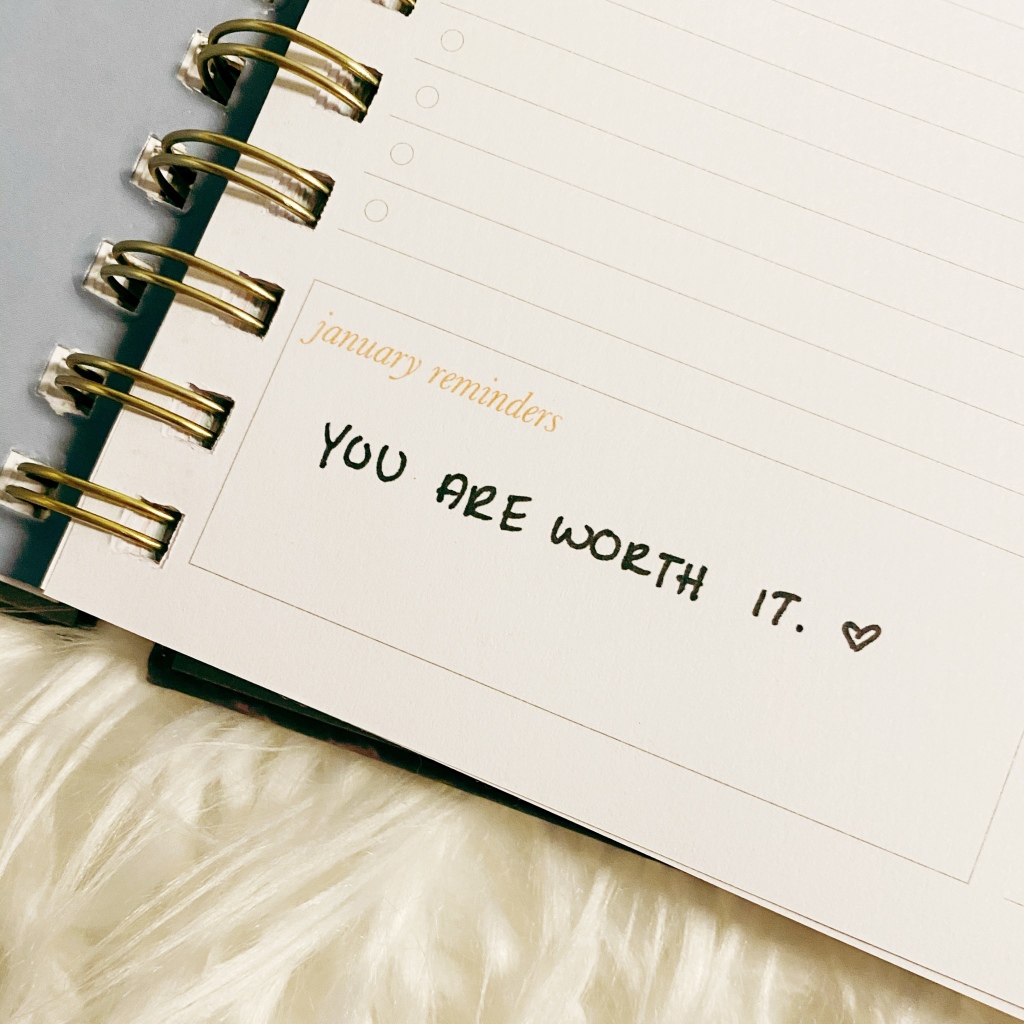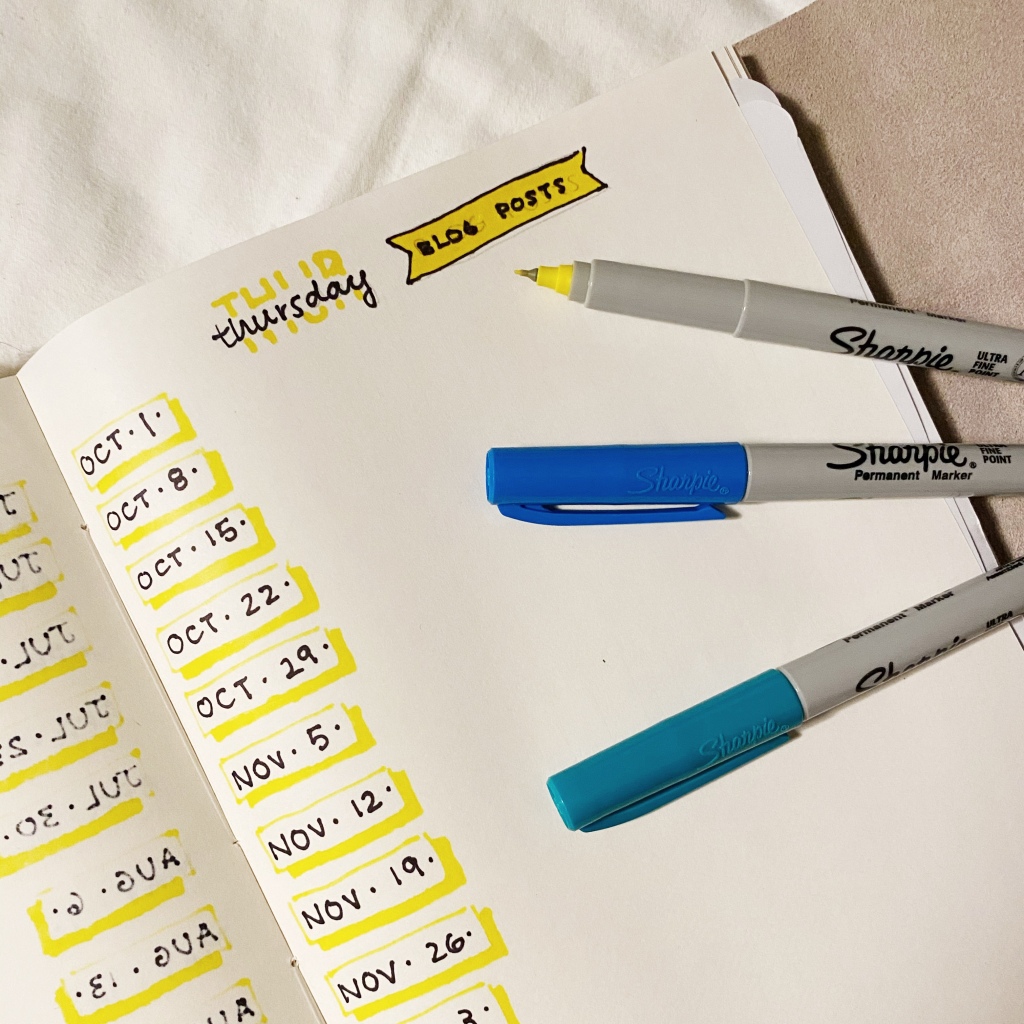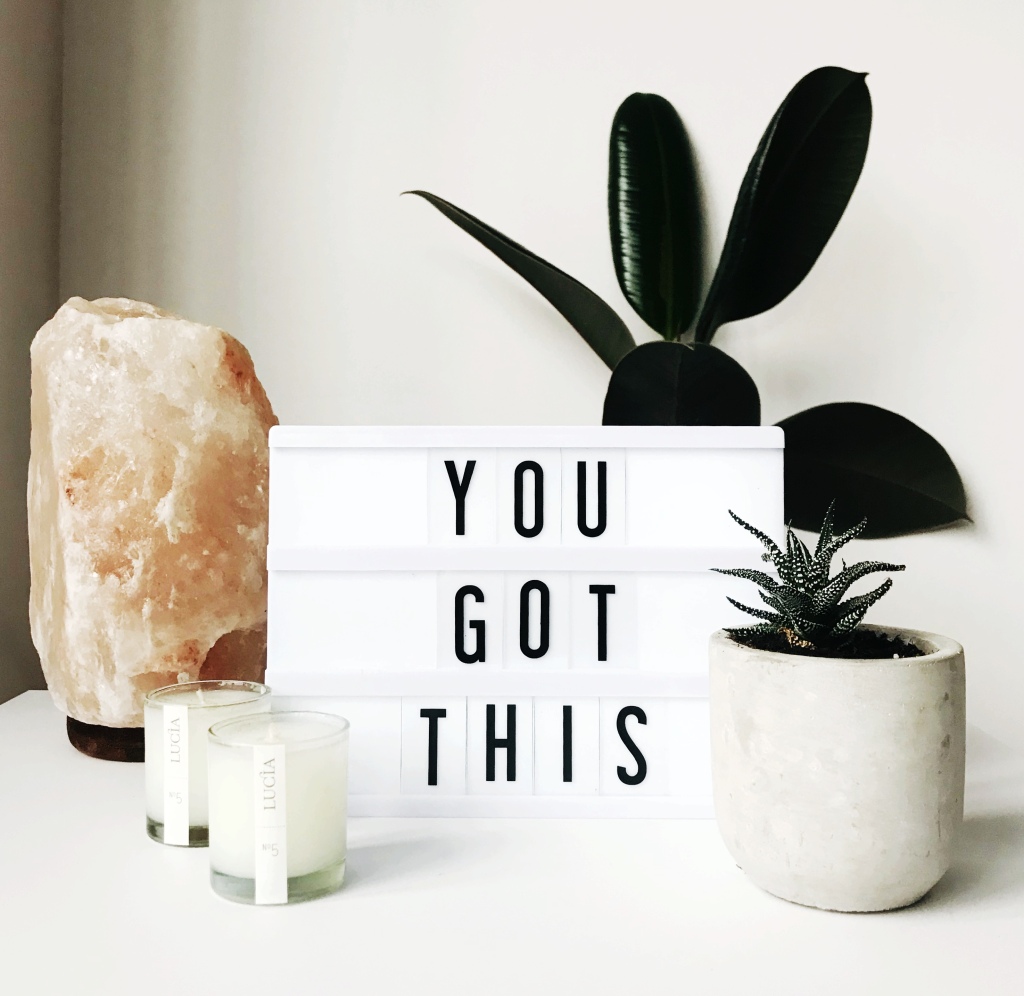
Happy New Years, everyone!
Now that it’s officially the new year (hello, 2020!), it’s new year resolution time. January is often a stressful month — it feels like you have so much to catch up on after the holiday season, and you’re just thrown right back into work or school without warning. And you have to come up with the perfect New Years resolution on top of all that?
It can be super overwhelming, which really is the opposite of what you want. The best kind of resolutions should feel like they’re pushing you a little, but not so much that they feel unachievable or cause anxiety and stress. Ultimately, while it’s great to be ambitious, if your goals are too much to complete in one year, it’ll deter you from trying at all.
If you’re struggling to come up with the perfect resolution, only have a half-baked idea, or are stuck on how to make the theme of your resolution something you can stick with and achieve — don’t worry, I’ve got you covered. With these useful steps and tips, I’ll have you prepared with the perfect goals to make 2020 your best year yet!
Choose A Theme

What aspects of your life exactly is it that you’re looking to grow or improve in? The best way to set resolutions is to simply start off with a theme, instead of a statement. This way, you can be more flexible with your goals, and adjust them to fit your needs as the year progresses. You probably already have a good idea of what this theme is if you’re looking to set a resolution this year — maybe its health, fitness, studying, organizing, self care, skincare, socializing, tidying, or something else entirely. This is all personal to you, but starting off with a theme, rather than a set statement or singular goal, is a nice, simple place to start when creating your resolution. (Plus, this way you can choose more than one resolution, but set different goals for each theme — just because you have serious goals for one theme, doesn’t mean you can’t improve a little in some others as well!)
Select Specific Goals

Now that you have your theme, you have to select specific goals to help you towards achieving everything you want to by the end of the year. Obviously, just choosing “wellness” or “professional growth” is a little vague — you’re going to want to choose one or more specific goals to help clarify what you’re hoping to achieve. The best way to set goals is to think about a goal that sounds achievable, and then push it just a little further. For example, if your theme is studying, you may want to set goals about the amount of hours you’re going to study per week, or the final average you’re hoping to earn by the end of the semester. So, if it sounds like a perfectly realistic goal to study 20 hours a week and end the semester with a 80% average, try pushing your goal to be studying 25 hours a week and ending the semester with an 85%! In order to change and grow, you have to push yourself a little — if you’re completely comfortable, it means you’re not growing.
Something important when setting goals, however, is to also ensure you’re not choosing anything that requires you to be perfect to achieve them. The problem with doing this is that if you ever slip up (even just a little), you’ll likely end up feeling like you’ve failed your goal. This can be pretty damaging to your self esteem (even if you’ve already achieved a lot), and can even cause you to give up on your goal all together. So, for example, if your “studying” themed goal is to attend every single class during the semester, but you end up needing one day off to catch up, take a sick day, or just look after yourself — you may end up feeling that you’ve failed your goal even when you’ve made a crazy amount of progress. If you really want to set a goal that requires absolute perfection to execute, ensure you set a couple of margins to allow natural slip ups and days off — none of us are perfect, and we shouldn’t expect ourselves to be. (As well, if pushing your goal a little from achievable lands you in the range of needing to be perfect, you might want to consider other themes and goals that could require more work instead!)
Break It Down

The one most important thing when setting a resolution is to break it down into manageable steps, rather than one large goal to have completed by the next trip around the sun. This is important for a number of reasons — first of all, it helps you keep track of your goal, and ensure you’re progressing forward with it as the year goes on. Secondly, it makes your resolution a lot less daunting — it is impossible to make massive life changes overnight (otherwise we’d all do it all the time!). If your goal seems too large or unattainable, it very well may end up deterring you from even attempting it at all. Think about it, how many times have you set a resolution and done absolutely nothing to achieve it? You’re not lazy or unmotivated — it’s just too much to take on a massive life change in one go.
There’s two ways to break down your goals easily — you can choose one or the other, but I’d personally recommend both at once. The first one, and my personal favourite, is to make one of your goals to set monthly, or even weekly and daily, goals that fit the theme of your resolution. For example, if one of your goals for the year is to reach a certain amount of views on your blog or followers on a platform, break that number down into how many you think is achievable in a certain month and make it your goal to reach that milestone over the next 29-31 days. From there, keep track of your progress and feel free to adjust your monthly goals as you see fit. It really helps you to realize how simple your goal may actually be when you put it into the perspective of smaller goals. Plus, it helps you keep track of your progress in a much more precise way, so you can actually see change and improvement — which will only help to motivate you more!
The second part of this is to start small and work up to larger steps as you adjust to the changes you’re making in your life. As I’ve said, you can’t expect yourself to make massive life changes overnight — even if you manage to stick with it for January, odds are it’ll eventually seem like too much when life starts to pick up and you’ll end up dropping your resolution entirely. It’s better to start small and adjust — it’ll help you get used to the change, so that when you have a period of time when it seems like you can’t keep up, you’ll have already made a habit of it.
To use a classic example, if your goal for the year is to exercise more, try starting off just working out one day a week for January and build your way up from there! If your goal is to start working out five days a week, but you didn’t see the inside of a gym once in 2019 (we’ve all been there), it’s a lot of stress to just jump in to a full-time workout routine. Even if one day a week seems too easy at first, it’ll help you to grow your confidence and create a habit of going regularly so that before you know it, it feels like a regular part of your life. You’ll already be used to working out regularly and feel like you know what you’re doing by the time you increase to two times a week, and you’ll reach five days a week before you even know it! This way, when you have a crazy week and have to take a step back, you’ll still be used (or even want to) hit the gym at least once, and you won’t fall out of the habit entirely if you need to take a week off.
Some goals may only work if you break them down in the first way, and some may cater a lot more to the second. However, for all the goals you set, be sure to break them down at least a little bit — and try to incorporate both methods into any goal or resolution you set! I promise, it might seem silly or unnecessary and first, but it’ll help you start and maintain your goals over the course of the year.
Write It Out

Now comes the final step — finding a way to write down and track your goals. There’s countless ways to do this — whether it’s making a mood board, writing weekly goals in your agenda, setting reminders in your phone, leaving yourself sticky notes, or just the good old notes app in your phone. Personally, this year I’ve started a bullet journal, where I’ve written down my themes, annual goals, as well as created a page for each month’s goals — as well as anything else I may ultimately end up including. It really just depends on what works best for you and what you’re hoping to achieve.
This step is incredibly important, however, as you not only might end up forgetting your goals if you don’t put them down in writing — it really helps to put them down and make them concrete. Take the time to write it out, break it down, and make it important so you’ll not only remember to check up on your progress, but track it as the year goes on. So many people give up on their resolutions after the first month — or even week — of the year, so take the time to transfer it out of your head and into your life. Make it real so you can’t ignore it or forget about it. You may not see results in the first month, but if you stick with it you’ll be amazed by how much you’ve accomplished by the time 2021 rolls around.
Don’t Rush It

This last part is less of a step and more so a reminder. You do not already need to know exactly what your yearlong goals are, or even what your theme is. It’s better to take the time to work out a well thought-out plan than to create something and stick to it simply because January 1st has passed. If you already had a plan but feel inspired to make changes to it, nothing is stopping you! You have no idea what your life is going to be like six months from now, so there’s no point in limiting yourself. The whole point of a resolution is to be open to change. Setting monthly goals also helps to adjust your goals to help improve your life as it moves forward throughout the year and keep you on track to ending up where you need to be. At the end of the day, as long as you’re happy with the path you’re on and the progress you’re making, this year is going to be a huge success.
Also keep in mind that not all progress is immediately visible. Making adjustments and serious changes to your lifestyle isn’t something that can or should be done overnight — it takes time. If in a months, six months, or even a years time, you’ve been working at it and don’t feel as though you’ve made any progress at all — take a look back to where you started. I promise you’re going to have come a lot further than you’ve ever thought you would when you started out, and you’re only going to go further from there!
I hope you all had an enjoyable and relaxing holiday and had a much-needed reset before the new year and heading back to work. New years can often be daunting and feel they carry a lot of weight — but don’t stress. Ultimately, as long as you keep your head up, your best interests at heart, and keep moving forward, it’ll all be okay. If 2019 wasn’t your year (relatable) hopefully 2020 will be, and if you had the best year ever in 2019, may this year manage to top it and be even better!
Xo,
Meredith
This is great! That’s so funny, I just started a bullet journal to track my habits a little better in 2020. And I absolutely break down my goals from the bigger vision to annual, quarterly, monthly goals. Then I break that down even further into the daily to-do lists. It sounds like so much, but once you have that clear vision, it gives you so much direction and clarity on everything else that needs to get done to get there. Love this, Meredith!
LikeLiked by 1 person
Thank you so much for reading! I just started my bullet journal for the first time this year but I already love it. Breaking everything down takes a while but it really helps you realize it’s not as daunting as it seemed before! ❤️
LikeLike
I love writing down goals 🙂
Brianna | http://briannamarielifestyle.com
LikeLiked by 1 person
Thanks for reading love! ❤️
LikeLike
This is a great idea! I find making resolutions so hard because I just try and pluck them out of thin air or choose generic ones xx
LikeLiked by 1 person
I’m glad you enjoyed it! I always used to do the same as well, and I wouldn’t even remember I had set a resolution by the end of January. Setting goals this way helps me stay on track all year long!
LikeLiked by 1 person
I love your blog and the design is just stunning. The post is great, I always find it hard to stick with my new year resolution. Hopefully, this will be our year! 🙂
LikeLiked by 1 person
Thank you so much, that is so kind of you! Fingers crossed ❤️
LikeLike
Thank you for the amazing tips! My resolutions are pretty much the same I’m only lacking in the bullet journalling skills department! Hope you achieve everything you strive for!
LikeLiked by 1 person
Thank you so much for reading, I’m glad you enjoyed it! Hope everything this year works out well for you and you stay on track with your goals ❤️
LikeLike
This is great!!
LikeLiked by 1 person
Thank you!! ❤️
LikeLike
Without sounding really sad my 2019 was really tough. My resolution is to hopefully have a better year this year.
LikeLiked by 1 person
We’ve all had rough years, don’t even worry! Fingers crossed things go better for you in 2020! ❤️
LikeLike